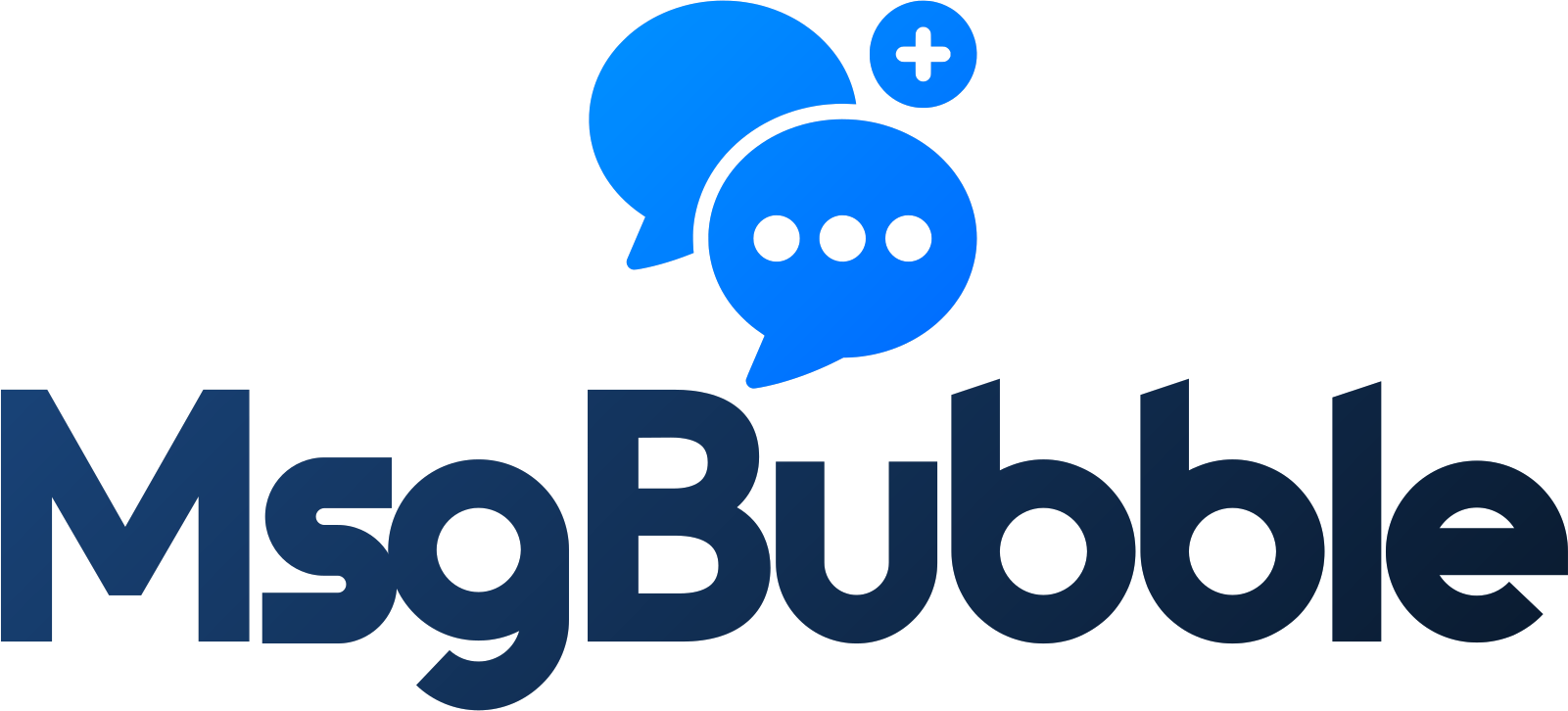The Art of FollowUp Turning Leads into Loyal Clients

In the dynamic landscape of business, generating leads is just the tip of the iceberg. The real challenge lies in nurturing those leads and converting them into loyal clients. This journey from prospect to customer requires a delicate balance of strategy, empathy, and persistence. Mastering the art of follow-up can be the difference between a fleeting interaction and a lifelong partnership.
Understanding the Importance of Follow-Up
Follow-up is not merely a task on your to-do list; it’s a crucial element in the sales process. Research shows that most sales require five follow-up calls to convert a prospect into a customer. Yet, many sellers give up after the first or second attempt. This gap highlights a significant opportunity. Each follow-up represents a chance to reinforce your value, clarify concerns, and build rapport.
The Emotional Connection
When you follow up, you’re not just sending an email or making a phone call. You’re reaching out to someone who has shown interest in your offering. This is an opportunity to forge an emotional connection. People buy based on feelings and justify with logic. A thoughtful follow-up can tap into those emotions, reminding prospects why they were interested in the first place.
In my own experience, I once followed up with a potential client after a brief conversation at a networking event. Initially, they seemed hesitant, but my persistent yet respectful follow-ups allowed me to address their concerns directly. Over time, I crafted a relationship built on trust, which ultimately led to a fruitful partnership.
Crafting the Perfect Follow-Up Message
A well-crafted follow-up message can set you apart. It should be personal, relevant, and succinct. Start by acknowledging your previous interaction. Reference specific points from your conversation to show that you were listening. This not only makes your follow-up feel more genuine but also reinforces the connection you established.
For example:
- “Hi [Name], I enjoyed our conversation about [specific topic] at [event]. It got me thinking about how [solution you provide] could really benefit you.”
Be sure to include a call to action (CTA). Whether it’s scheduling a call, inviting them to a webinar, or simply asking a question, a clear next step keeps the momentum going.
Timing is Everything
Timing can significantly impact the effectiveness of your follow-up. Research suggests that the best time to follow up is within 24 to 48 hours after your initial interaction. This is when your conversation is still fresh in their mind, and your name is still top of mind. However, don’t stop there. A series of follow-ups over weeks or even months can help solidify your presence in their decision-making process.
Tools to Simplify Follow-Up
In today’s fast-paced environment, staying organized can be a challenge. That’s where technology comes into play. Tools like MsgBubble can help streamline your follow-up process. MsgBubble offers a user-friendly platform that allows you to manage your leads, schedule follow-ups, and even automate certain tasks, freeing you to focus on what really matters—building relationships.
If you’re feeling overwhelmed by the volume of leads or unsure how to manage follow-ups effectively, let MsgBubble help your business. Their innovative solutions can empower you to turn prospects into loyal clients with ease. Discover how they can elevate your follow-up strategy by visiting MsgBubble.
Personalize Your Approach
While technology can assist in managing follow-ups, the human touch is irreplaceable. Personalization is key. Tailor your messages based on the lead’s preferences, past interactions, and expressed needs. A generic follow-up can feel impersonal and disengaging. Instead, aim to make each lead feel valued and understood.
Consider segmenting your leads based on their interests or stage in the sales funnel. This allows you to send targeted messages that resonate more deeply with each group. By aligning your follow-up with their unique journey, you increase the likelihood of conversion.
Overcoming Objections with Follow-Up
During the follow-up process, you may encounter objections. This is perfectly normal and can be a valuable opportunity to address concerns head-on. Listen actively and empathize with their position. Use your follow-up as a platform to provide additional information, clarify misconceptions, or share testimonials from satisfied clients.
For instance, if a lead expresses hesitation about pricing, you might follow up with a message that includes a case study showcasing the return on investment other clients have experienced. This not only addresses their concern but also reinforces your credibility.
Building Trust Through Consistency
Consistency is paramount in follow-up. Regular, thoughtful communication builds trust over time. Keep your leads informed about industry trends, share valuable resources, or even send a simple check-in email. This steady stream of communication fosters a sense of reliability and positions you as a trusted advisor rather than just a salesperson.
However, be mindful of the balance. You don’t want to overwhelm potential clients with excessive messages. Instead, find a rhythm that feels natural and respectful of their time and interest.
The Long-Term Vision
Think beyond the immediate sale. A successful follow-up strategy lays the groundwork for long-term relationships. When clients feel valued and appreciated, they are more likely to return for future business and refer others to you. Furthermore, loyal clients often provide insights that can help you improve your offerings and services.
Consider implementing a feedback loop in your follow-up process. After a sale, reach out to ask about their experience. This not only shows that you care but also provides you with valuable information to enhance your business.
Conclusion: The Transformative Power of Follow-Up
The art of follow-up is a vital skill in any business. It’s not just about chasing leads; it’s about building relationships. When executed thoughtfully, follow-up can transform a fleeting interaction into a lasting partnership. By embracing the emotional aspect of communication, leveraging technology, and maintaining consistency, you can create a follow-up strategy that not only converts leads but fosters loyalty.
As you embark on this journey, remember that you’re not alone. Let MsgBubble help your business harness the power of effective follow-up. With their innovative tools, you can streamline your processes, enhance communication, and ultimately turn leads into loyal clients. Visit MsgBubble today and take the first step towards elevating your follow-up game.
In a world where connections matter more than ever, mastering the art of follow-up can be your game-changer. Embrace it, and watch as your leads blossom into loyal clients who will champion your business for years to come.




